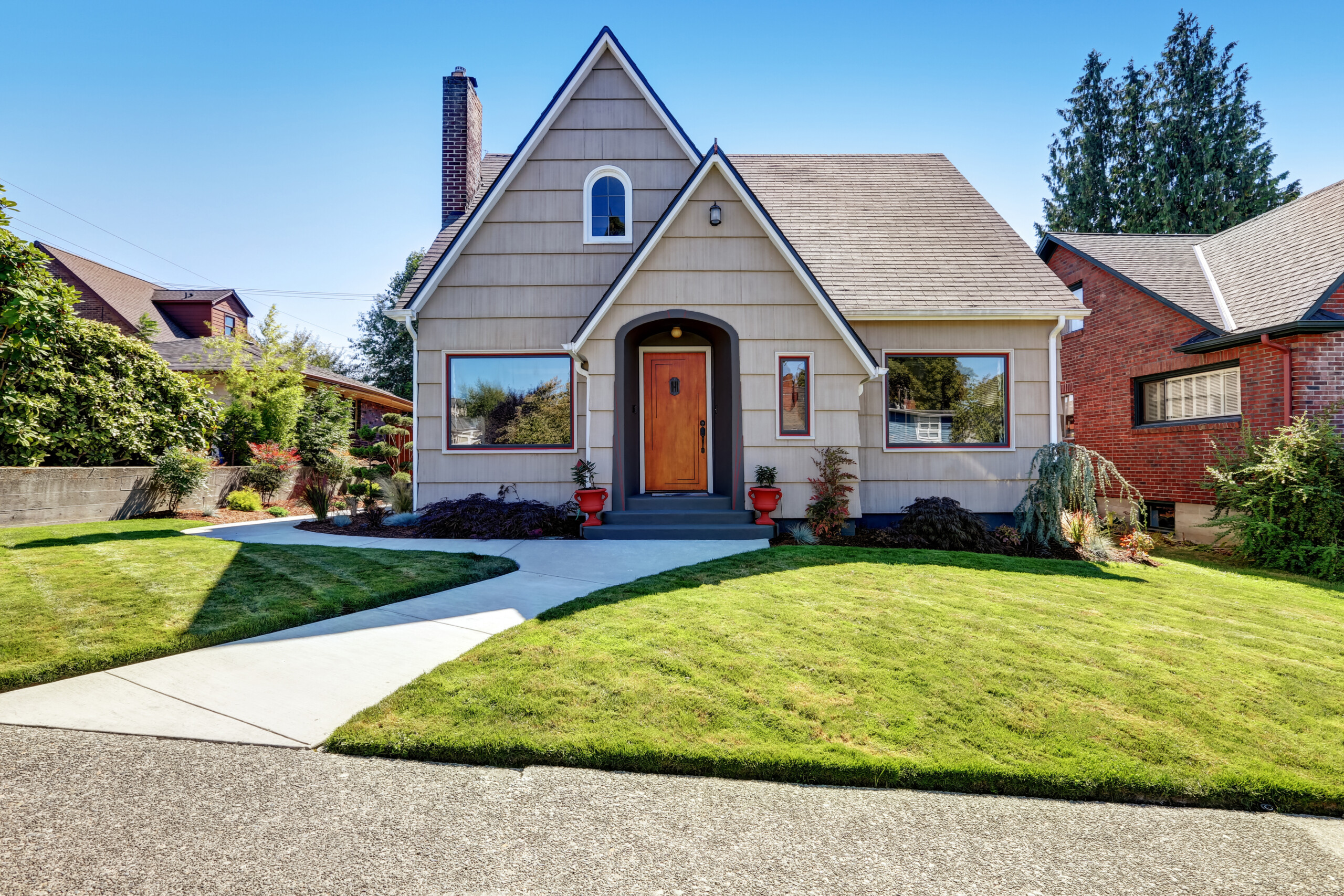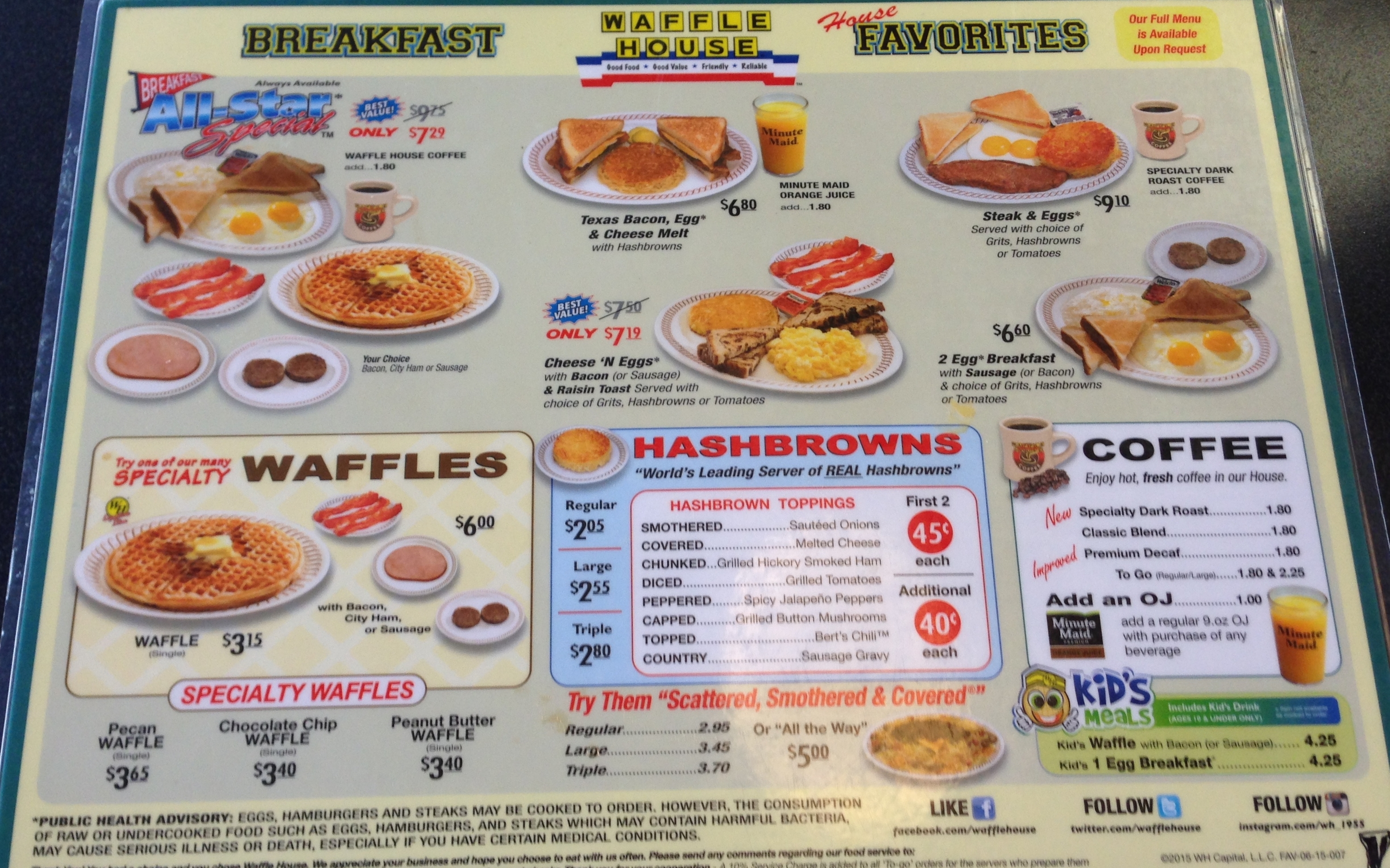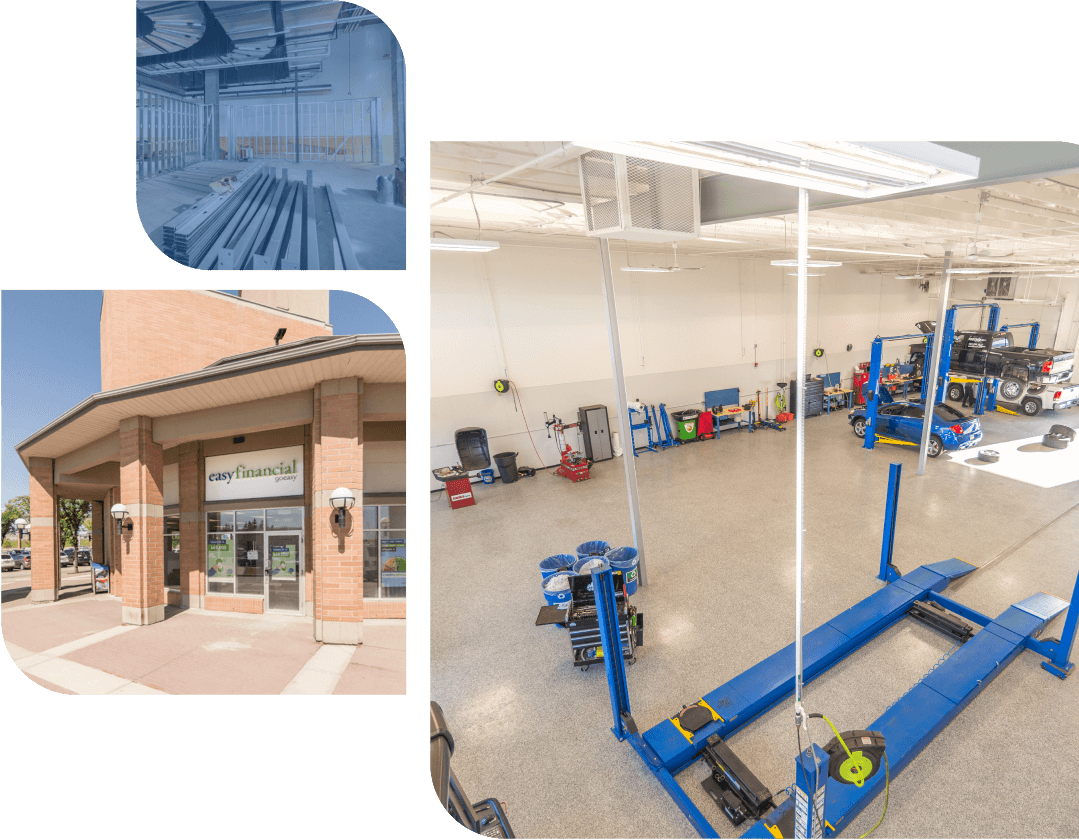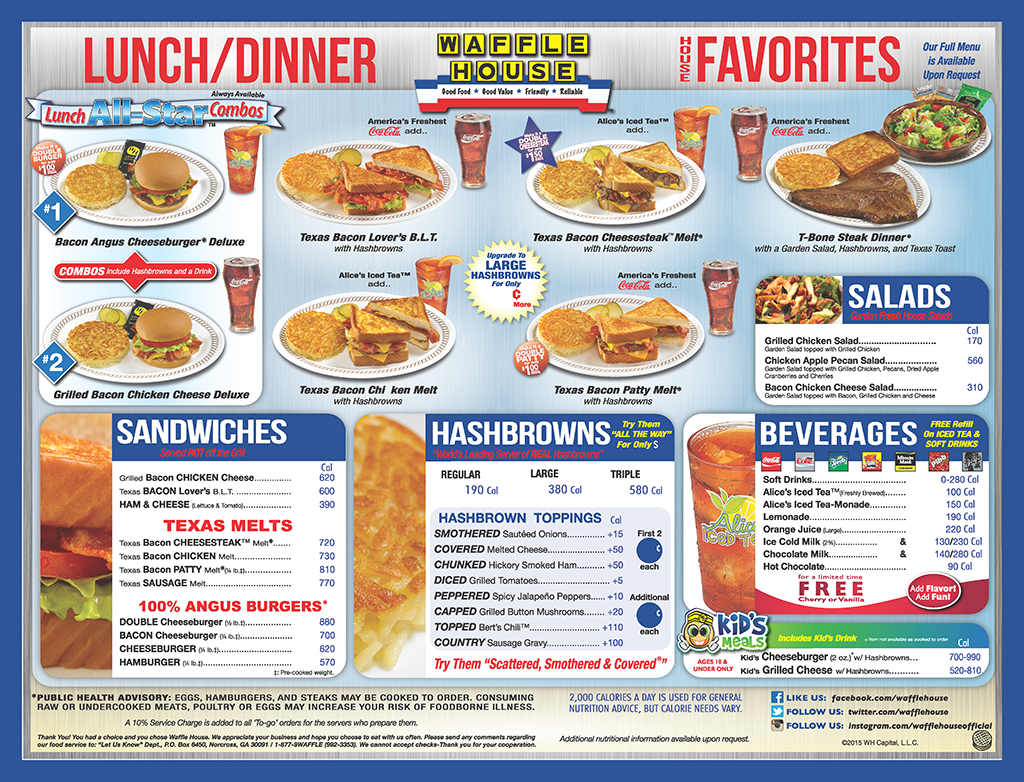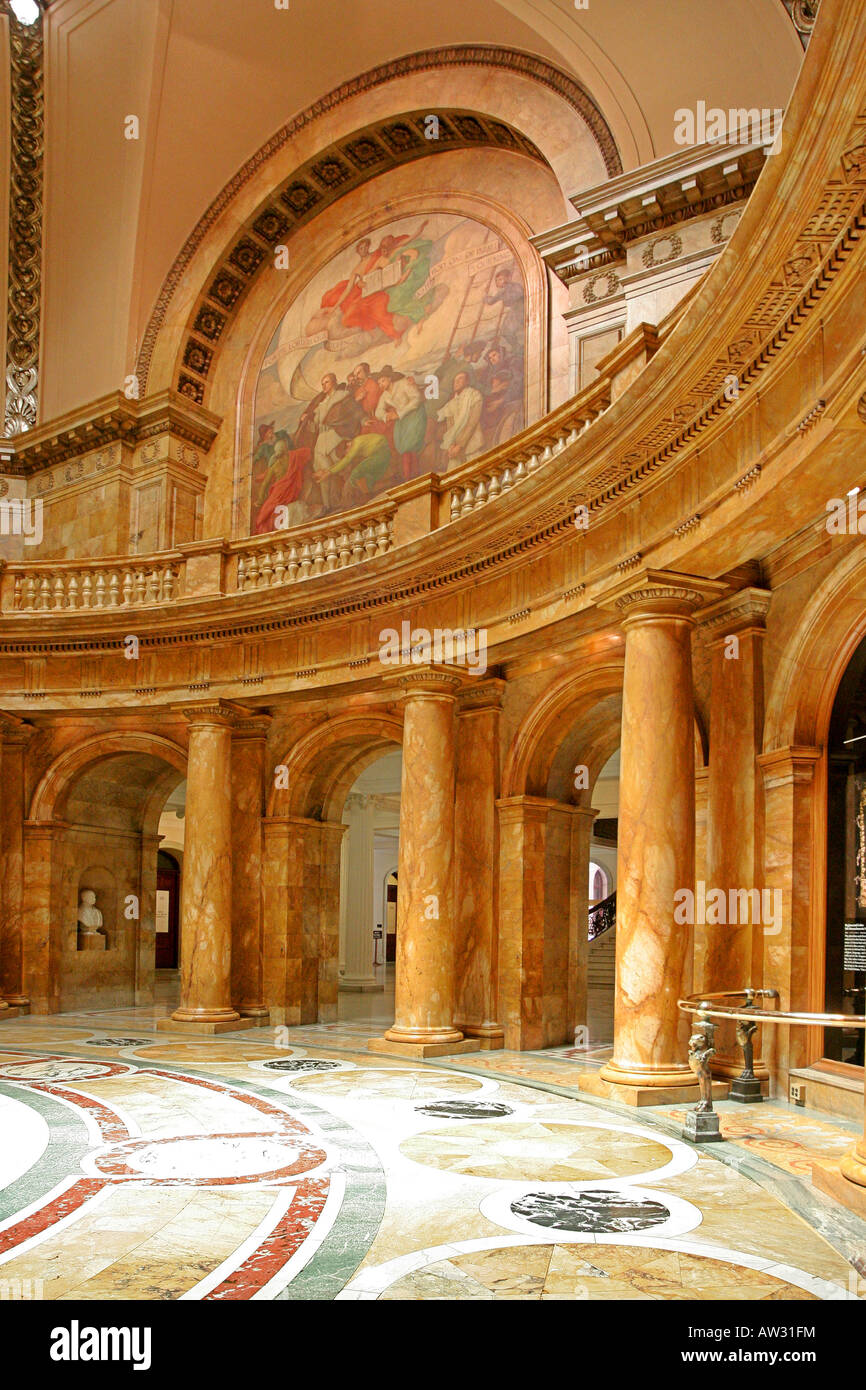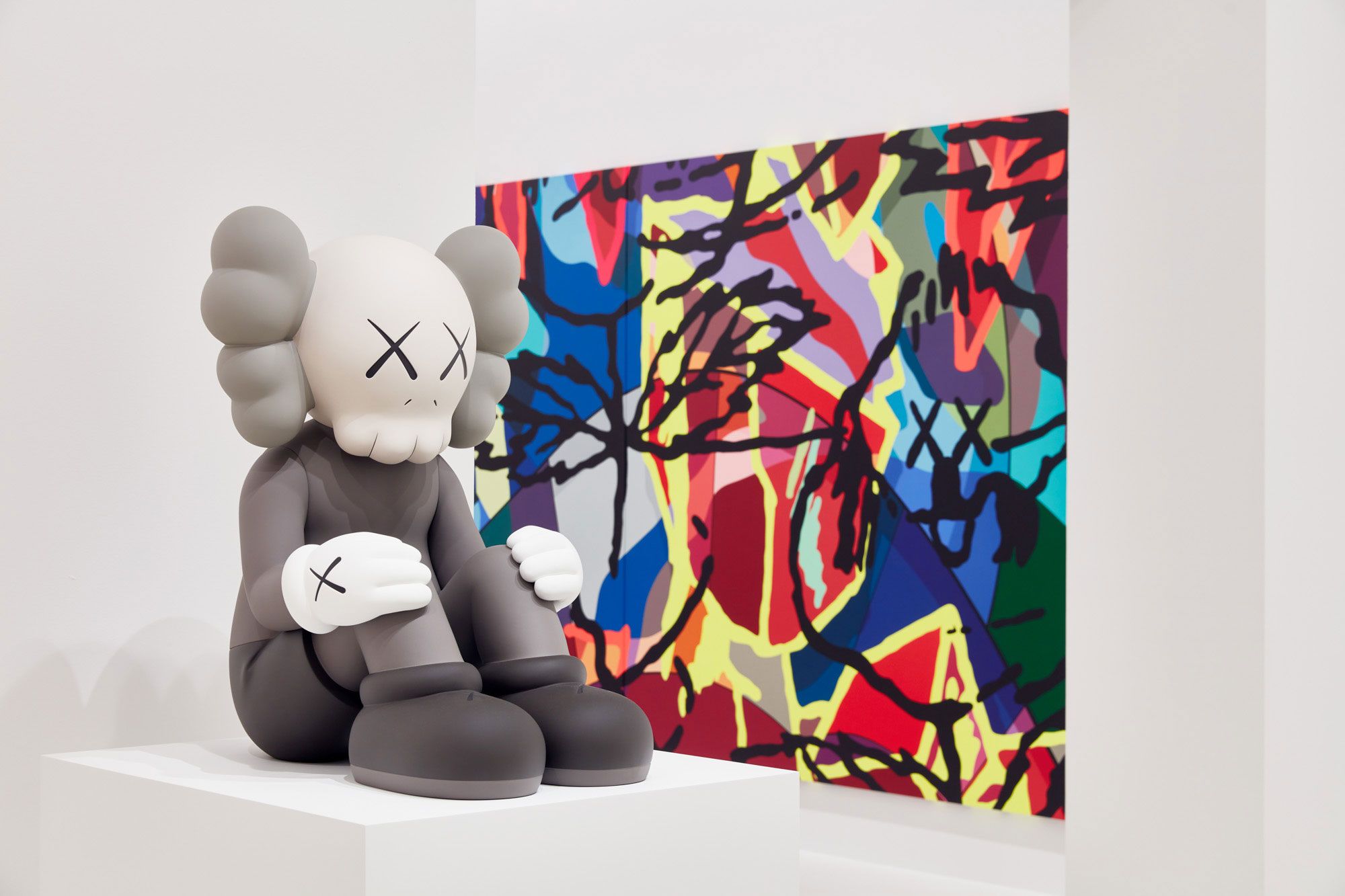Table Of Content

This Craftsman house was given a fresh coat of olive paint with white and cranberry trim. The contrasting trim accents the horizontal lines of the traditional bungalow while helping the house stand out from the surrounding greenery. Architectural details and thoughtful garden design add charm to the exterior of Craftsman-style homes. Decorative window panes give this home visual interest, while a porch railing in matching wood extends the beauty of the home's trim around the porch. Earth-tone paths and containers unify the house and garden by complementing the trim colors.
Dormer Windows
Look for wood trim on doors and windows (that hasn't been painted over), crown molding, and hardwood floors. Stained or leaded glass is a popular decorative accent characteristic of original homes. “When you go into a home that’s so perfect for the era, you don’t want to make it wrong,” says Merrill. In the basement alone, Merrill and her team sewed together 20 antique rugs from Lawrence of La Brea to break up the space. The roof of a Craftsman style house is one of its most distinguishing features. The gable is often a simple, triangular shape, without any elaborate ornamentation.
Craftsman Garage Doors
Grander Craftsman-style homes can also be described as Arts and Crafts style. In the Midwest, which was influenced by Frank Lloyd Wright, the homes that have a Craftsman likeness are in line with the more horizontal Prairie style. Grochowski notes that the premium for this type of artistry is “roughly 20 to 30% more than a typical mass-produced home of another style.” This is in part because the master craftspeople are rare. A snapshot inside Frank Lloyd Wright’s Robie House shows a keen focus on woodwork that is void of ostentatious ornamentation. Located in Oak Park, IL, it is considered one of the first examples of a home designed in full Prairie style.
Prairie-Style Homes
The bungalow was an especially affordable home to build, often costing $900 (about $25,000 in 2021 dollars) to construct. While Mission Revivals are the least craftsman-like houses, some of their characteristics seeped into later craftsman design. This can be seen in the use of Spanish tile roof shingles, stucco, and arches.
Bungalows are usually one-story homes (but may have a hidden second story under the roof) with practical, quaint floorplans. Second stories usually feature dormer windows to allow light to reach the upstairs bedrooms. Craftsman-style homes are generally considered a reaction against Victorian-style architecture's eclectic, ornate look. This simplified aesthetic features horizontal lines, low-pitched gable roofs, and spacious covered front porches. These understated elements give the popular house style a timeless appearance.
NOOKS AND WINDOW SEATS
Many Craftsman-style homes, such as the one seen here, have stone foundations, porch posts, and conspicuous chimneys. Referencing Arts and Crafts styling, an exterior makeover rebuilt the porch columns and bases. Natural materials play an important role in the Arts-and-Crafts aesthetic. Wood shingles, stonework, and stucco siding are often featured prominently on Craftsman facades. Learn more about the signature exterior details of Craftsman-style homes in this video. They came about in response to the Victorian architectural movement from the late 1830s to the early 1900s, which focused on extravagant architecture and ornate details.
5 Happy and Historic Craftsman Bungalows Priced at $400K or (Much!) Less - Realtor.com News
5 Happy and Historic Craftsman Bungalows Priced at $400K or (Much!) Less.
Posted: Fri, 15 Mar 2024 07:00:00 GMT [source]
On a large scale, Craftsman homes often have a very low design, around one floor or a floor-and-a-half in height. You can consider the house’s design an open floor plan with few hallways and small rooms that center around the kitchen. Craftsman house plans are one of our most popular house design styles, and it's easy to see why. With natural materials, wide porches, and (often) open-concept layouts, Craftsman home plans feel contemporary and relaxed, with timeless curb appeal. Within this collection, you'll find several versions of Craftsman style house plans, from modest Craftsman bungalow floor plans to grand Shingle style blueprints.
These houses are typically two and a half stories with two or four attic dormers, a deep front porch, and wide front stairs. These homes were built to make the most of small, suburban lot sizes and were highly popular well into the twentieth century. Craftsman-style houses are one of the most popular house styles in the U.S. While original craftsman houses are most heavily concentrated in the Midwest and Southern California, the architectural style can be found all over the country.
Exposed beams or rafters are common on Craftsman style homes, both in the interior and exterior aspect of the house. The best thing about having exposed beams is that they can help to make the space appear larger. Another craftsman house signature is a porch with pillars that bracket the front steps of the home while providing support to the roof from the front porch.
The craftsman home style emerged as part of a larger architectural and artistic renaissance called the Arts and Crafts movement that began in England. The Craftsman architectural style that gained a strong foothold in California thanks to architect brothers Henry and Charles Greene. “The houses of the architects Greene and Greene of Pasadena, responding to both local building traditions and the influence of Japanese architecture, stand as paragons of Craftsman style,” Grant explains.
The master suite is often placed on one end of the house and the other bedrooms are on the other end. He and his wife Maria Alataris, also an architect and founder of Maa designs, had lived in Manhattan for 30 years, and now have two teenage kids. “We’re not used to driving to get a quart of milk or to drop a kid off at school. Among the more direct references Nina Farmer made to the Arts and Crafts aesthetic is the dining room’s Morris & Co. wallpaper. She combined this with curtains in a Rose Cummings fabric, midcentury-inspired armchairs from Orange Furniture covered in a Zak and Fox’s textile, and an antique Mahal carpet.


